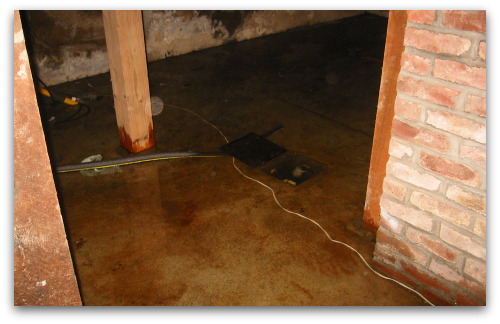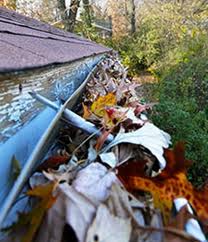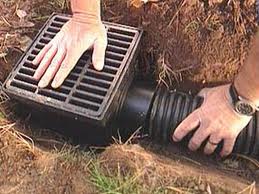Feature article.....Damp bottoms!
 Last month we bought you our article on ‘Dry Rot’ with a lot of you making enquiries on how we can help with this problem, so this month we take this winter issue a little further and talk about how to make your basements dry and waterproof. In all areas of the home, having a wet bottom is hazardous.
Last month we bought you our article on ‘Dry Rot’ with a lot of you making enquiries on how we can help with this problem, so this month we take this winter issue a little further and talk about how to make your basements dry and waterproof. In all areas of the home, having a wet bottom is hazardous.
Wet basements are unusable, flooded foundations can be seriously weakened and toxic mold can fester faster when an ample supply of water lies just underfoot.
A common myth is that wet basements are due to a high water table, the natural level of water in the soil under the building site. But homes are generally not built below water tables.
Builders attempting such a feat would find themselves constructing a foundation in a muddy mess.
We can also advise that basements
that flood after a storm are seldom caused by rising water tables. A water table moves slowly and seasonally. If basement leaks show up after a heavy rainfall, the cause of your problem is far easier to spot and to fix.
Most basement leaks can be traced to trouble with the drainage conditions around the outside of the house. If too much water is allowed to collect in the soil around the foundation, it will naturally leak into the basement through the walls, or even up through the center of the floor.
The waterproo fing solution lies in improving these drainage conditions. Here's where to begin...
 Good gutters.
Good gutters.
Roof drainage is, by far, the number one cause of basement leakage. Since roof surfaces are as large as the house, they collect lots of water in heavy rainstorms. What happens to that collected water can mean the difference between a wet and a dry basement.
 Sloping soil.
Sloping soil.
Next to gutter problems, the angle of the soil around the foundation perimeter can also cause wet basement woes. The soil should slope away from the house to keep rainfall from collecting against foundation walls.
The angle and type of soil are also important. The soil should slope downward six inches over the first four feet from the foundation wall. Thereafter, it can be graded more gradually but should never allow water to run back toward the house.













